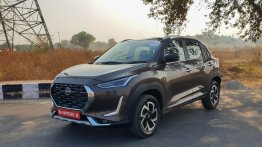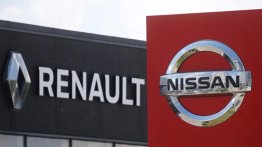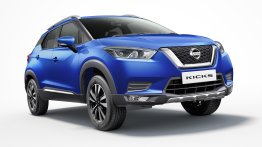Nissan unveiled the second generation Nissan Leaf in Tokyo this week. Here's how the 2018 Nissan Leaf compares with the 2014 Nissan Leaf.
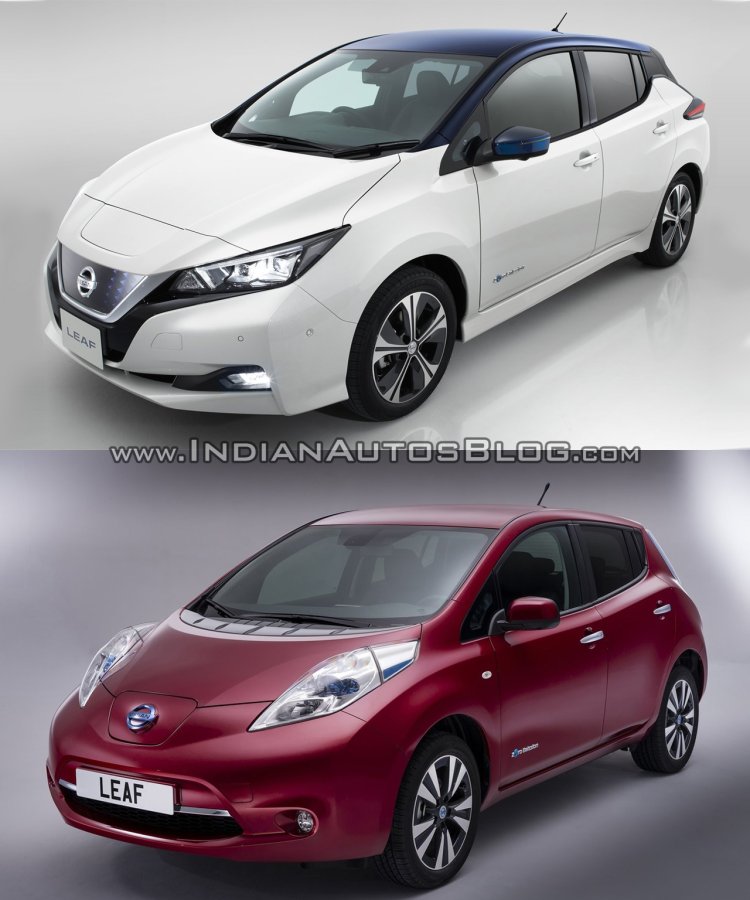
The first generation Nissan Leaf was a revolutionary product for not only Nissan, but also for the EV segment. Available in 49 markets, the car has sold nearly 3,00,000 units, making it the best-selling EV in the world. The second generation Nissan Leaf raises the bar for EVs, Nissan says.
The 2018 Nissan Leaf's design is inspired by the Nissan IDS Concept from the 2015 Tokyo Motor Show. For the second generation, the company has thoroughly redesigned the Leaf inside-out. The compact EV looks just like any other ordinary hatchback now, unlike the old model which turned heads mainly because of its odd design. The 2018 Leaf embodies many of Nissan's signature cues, including the "boomerang" light signature, the V-Motion grille and the floating roof.
The first-gen Nissan Leaf is 4,445 mm long, 1,770 mm wide and 1,550 mm tall. The second-gen Nissan Leaf is 4,480 mm long, 1,790 mm wide and 1,540 mm tall. The all-new model 35 mm longer, 20 mm wider and 10 mm lower. The wheelbase, at 2,700 mm long, is the same as before. Nissan has reduced the ground clearance from 160 mm to 150 mm.
On the inside too, the second-gen Nissan Leaf exudes conventionalism. The new dashboard, instrument cluster, infotainment system and steering wheel are reminiscent of the company's other latest models like the Nissan Micra, Nissan Kicks and Nissan X-Trail. Leather-wrapped steering wheel with matte chrome finish on the rim, climate control panel and air vents with matte black and gloss black finishes, 7-inch full-colour driver information display, 7-inch NissanConnect infotainment system with navigation and Apple CarPlay and 7-speaker BOSE sound system are some of the equipment highlights.
The 2018 Nissan Leaf features ProPILOT single-lane autonomous driving technology. The driver can set a speed between 30 km/h and 100 km/h and handover the driving to the car. The car handles the steering, keeps itself in the centre of the lane, brakes, and even fully stops if necessary. There's another feature called ProPILOT Park, which is essentially an extension of ProPILOT. On activating, the ProPILOT PARK technology takes control of steering, acceleration, braking, shift-changing and the parking brake to park the car autonomously.
Also new to the second-gen model, is the 'e-Pedal' technology, which lets the driver start, accelerate, decelerate and stop using simply using just the accelerator pedal. On fully releasing the accelerator, regenerative and friction brakes are applied automatically to stop the car completely. This technology is highly useful on steep uphill slopes too, where the car holds its postion effortlessly.
Like the first-gen Nissan Leaf, the second-gen Nissan Leaf uses the EM57 electric motor. However, in the 2018 Leaf, it generates 150 PS (+41 PS) and 320 Nm (+66 Nm) of torque. The outgoing Leaf is available with 24 kWh and 30 kWh battery pack options, which provide a driving range (JC08) of 228 km and 280 km respectively. The all-new Leaf has a 40 kWh battery pack, which provides a driving range (JC08) of 400 km.
The battery pack takes 16 hours/8 hours to fully charge using a 3 kW/6 kW charger. However, using quick charging, it takes only 40 minutes to charge the battery from the level when there's a charging alert to 80% capacity.
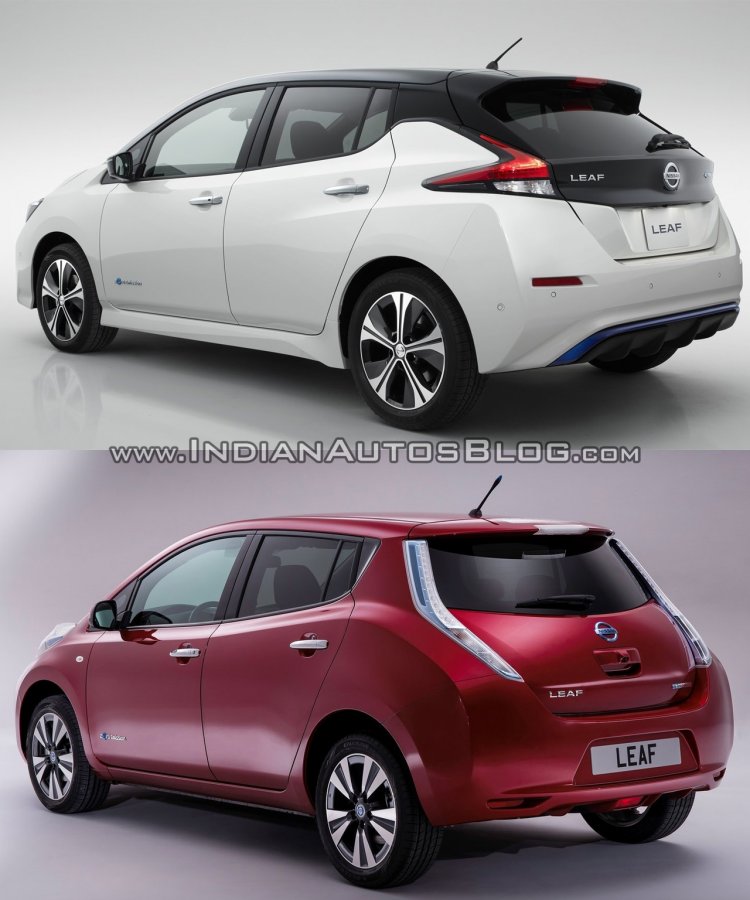
Also See: Nissan Note e-POWER – GIIAS 2017 Live
The 2018 Nissan Leaf will go on sale in Japan on 2 October, 2017. Sales in the USA, Canada and Europe will commence in January 2018. Next year, Nissan will introduce a more powerful version which offers a longer driving range too. The new generation model's production is underway at the Oppama plant in Japan. The company's US plant in Smyrna, Tennessee and UK plant in Sunderland will start production of the redesigned model by the end of 2017. Battery production will continue at these two locations, and even in Zama, Japan.








